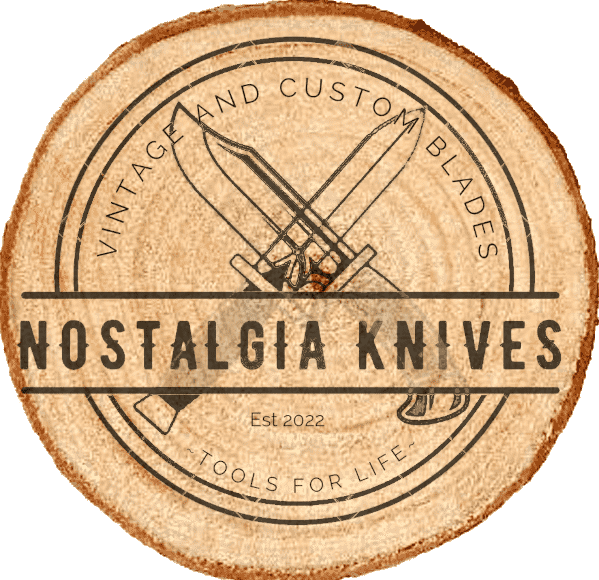Exploring the Wilderness: A Guide to Knife Blade Shapes for Outdoor Enthusiasts.
Exploring the Wilderness: A Guide to Knife Blade Shapes for Outdoor Enthusiasts
Embarking on outdoor adventures, whether hiking, camping, or surviving in the wilderness, demands a reliable and versatile tool—the knife. One of the critical factors that determine a knife’s performance is its blade shape. The diverse range of blade shapes available caters to various outdoor needs, from slicing and chopping to piercing and carving. In this guide, we will delve into the world of knife blade shapes, exploring their unique features and the scenarios in which they excel.
Drop Point: The drop-point blade is a common and versatile choice for outdoor enthusiasts. Its defining feature is a convex curve on the spine that slopes down to meet the point, creating a robust and controllable tip. This shape excels in tasks like slicing, carving, and general-purpose cutting. The broad belly of the blade enhances slicing efficiency, making it ideal for preparing food, processing wood, and performing everyday camp chores.
Clip Point: Characterized by a concave cutout on the spine, the clip-point blade offers a sharp, fine point suitable for detailed work. This design facilitates precision tasks such as piercing, slicing, and intricate carving. Outdoor enthusiasts who prioritize a versatile blade for both utility and finer tasks often gravitate toward the clip point. Its agility and piercing capability make it a valuable companion in various outdoor scenarios.
Tanto: Originating from Japanese sword designs, the tanto blade features a high point and a flat grind, creating a robust tip. This shape excels in piercing and is well-suited for tasks that require strength and durability. Outdoorsmen who value a knife for its tactical applications, such as self-defense or survival situations, often choose the tanto blade. Its sturdy design ensures reliability when faced with demanding cutting tasks.
Serrated Edge: For cutting through tough materials like rope or fibrous vegetation, a serrated edge proves invaluable. Serrations create small, jagged teeth along the blade, increasing the knife’s cutting efficiency. Knives with serrated edges are excellent for sawing through materials that might otherwise be challenging for straight-edged blades. However, for general-purpose cutting, a combination edge (partially serrated and partially plain) offers a balanced solution.
Wharncliffe: The Wharncliffe blade boasts a straight edge with a sharply pointed tip, providing excellent control for precision cutting. Its straight profile makes it easy to maintain and sharpen, while the flat cutting edge enhances stability during slicing tasks. Outdoor enthusiasts who require a dependable knife for detailed work, such as carving or crafting, often favor the Wharncliffe blade.
In the vast realm of outdoor activities, the right knife blade shape can make a significant difference. Understanding the unique characteristics of each blade shape allows outdoor enthusiasts to choose a tool that aligns with their specific needs and preferences. Whether navigating the wilderness or setting up a campsite, a well-chosen knife can be a reliable companion, enhancing the overall outdoor experience.

